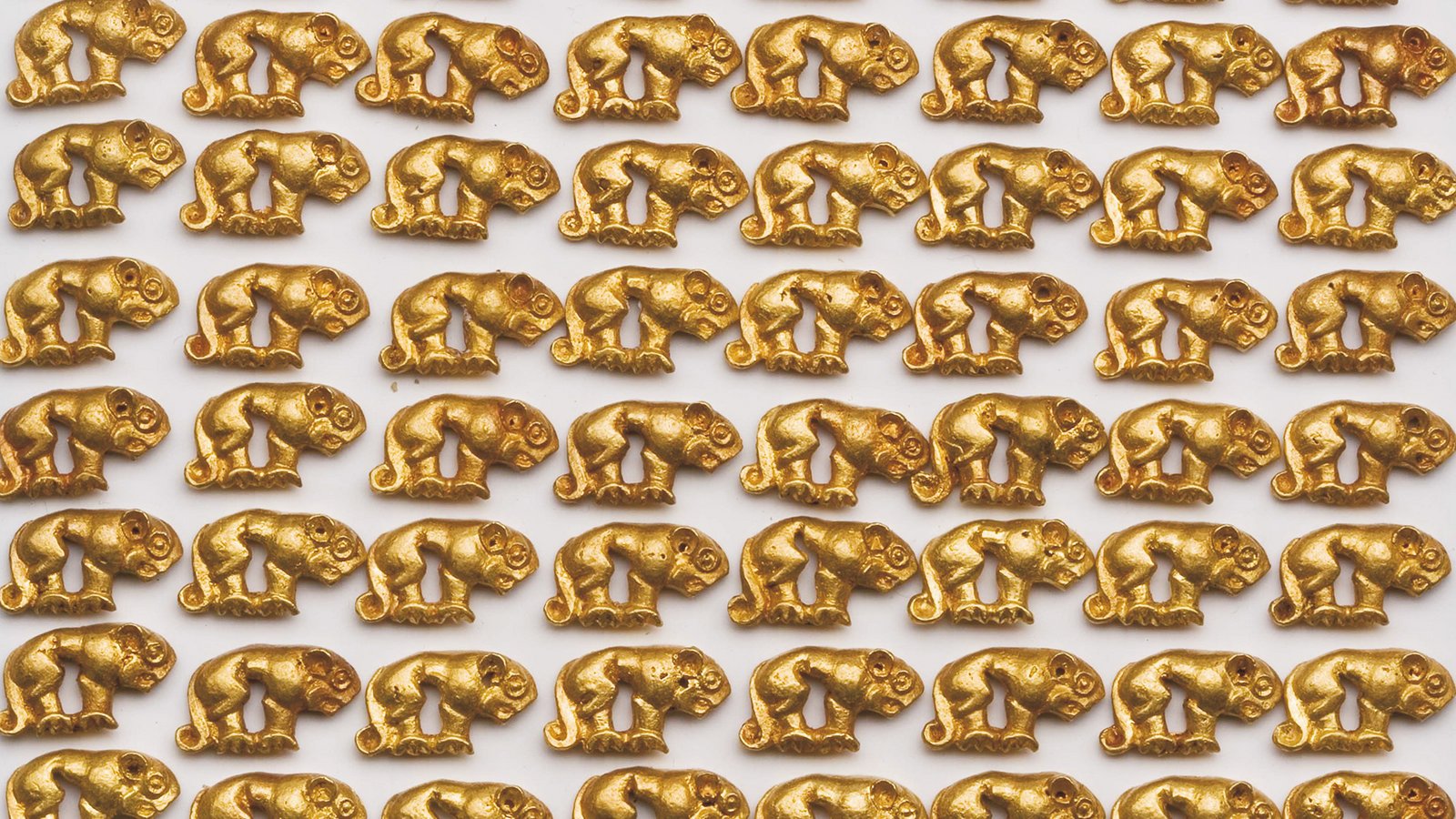Our History
With the collapse of the Soviet Union and its satellite states, the Iron Curtain came down and prompted new prospects for scholarly cooperation of yet unprecedented scope in more than seven decades. After the Russian Revolution, researchers like Gero von Merhart and Arne Tallgren no longer were able to maintain their academic contacts and subsequently turned to other fields of research.
The foundation of the Eurasia Department in 1995 was hence also tied to great hopes for a new cooperative exploration of this vast, double continent. Hermann Parzinger, the department's founding director, set the groundwork for a prospering academic collaboration, especially with partner institutions in Russia. The discovery of the gold-laden tomb no. 2 at Aržan for instance turned out as a major event for Scythian archaeology and was the highlight of an exhibition in 2006, which was staged at the Martin-Gropius Bau in Berlin. In the following years a number of highly successful joint projects were carried out in the Taman' Peninsula, the Urals, Siberia, Central Asia, Pakistan, as well as the Caucasus.
The Eurasia Department was enlarged in 1996 to integrate the former Tehran Department as a new branch office. This opened new opportunities for our research to take into account the ancient cultural connections between Iran and Central Asia and also the Near East.
In 2009 the inauguration of the branch office in Beijing subsequently set the point of departure for upcoming projects in East Asia.
With Russia's war on Ukraine, cooperation with institutions of the Russian Federation, be it political, economic, cultural, or even research-related, no longer seems conceivable for some time to come. The archaeological exploration of Eurasia is nonetheless expected to continue in other regions.

